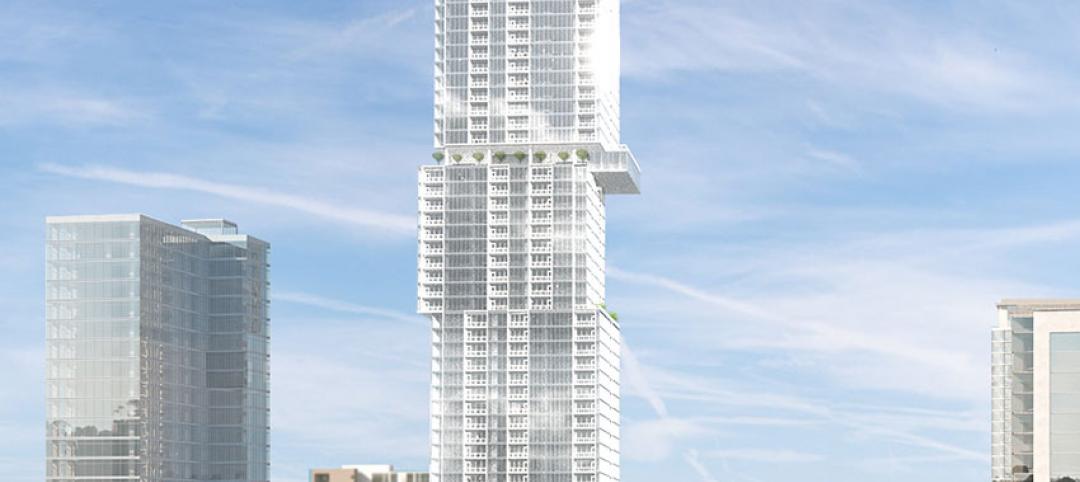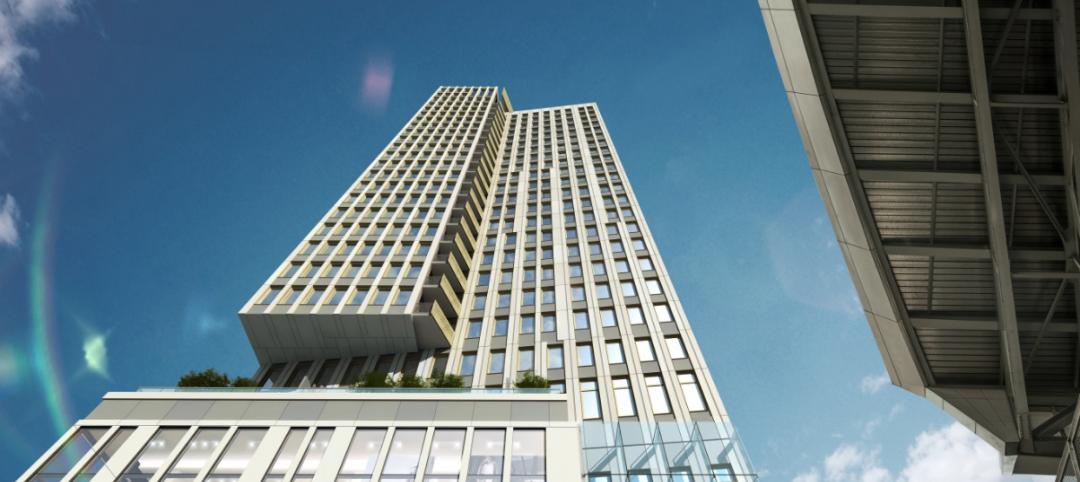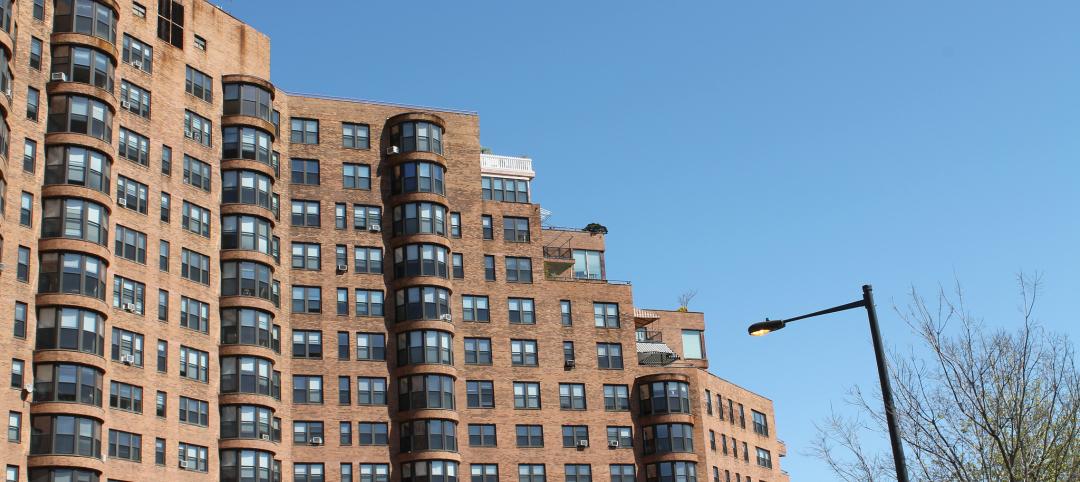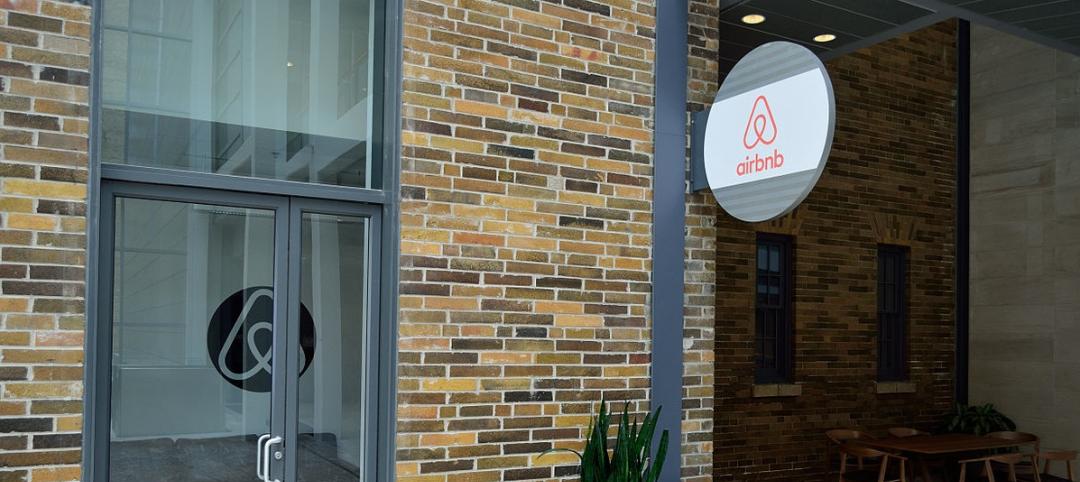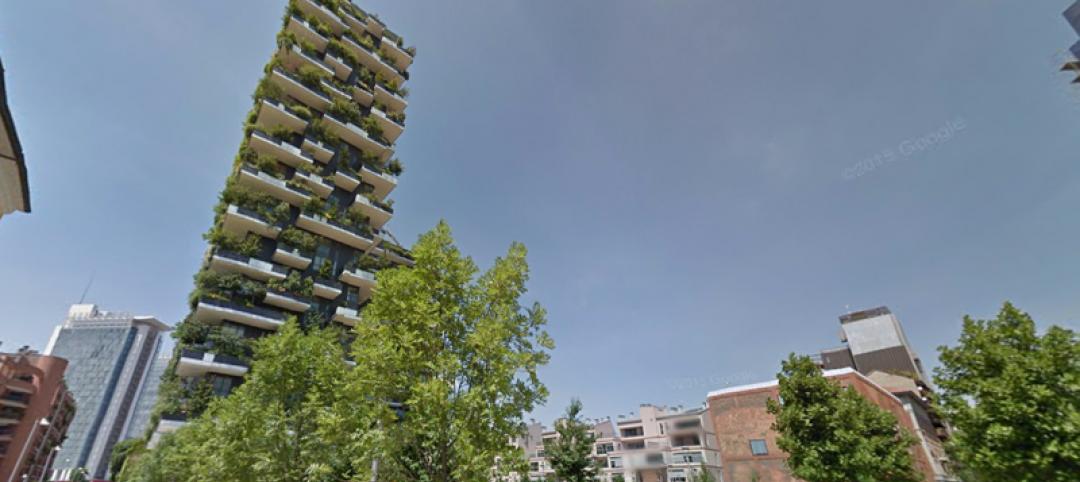McKinsey & Company, the international corporate consulting firm, has issued a new research study, “Modular construction: From projects to products.” Written by an international team, it discusses a wide range of building sectors, but its main focus is multifamily.
The authors claim that modular construction could claim $45 billion of the total $277 billion new-build multifamily market by 2030 in the U.S. and Europe at moderate penetration and save $6 billion a year in costs.
Assuming the U.S. represents at least half of the market (probably more like 60-70%), those would seem to be very attractive numbers for apartment, student housing, and senior living construction, where modular construction works best.
SEE ALSO: Almost everything you wanted to know about industrial construction
But I have some problems with the McKinsey findings. To start with, I wonder where they got the $277 billion figure for multifamily construction in the U.S. and Europe by 2030. That looks really high to me. It would be a godsend if the U.S. could be producing half of that, say, $130 billion or more of apartments and other forms of multifamily—we sure could use them. But with the U.S. producing at best $60-70 billion in multifamily construction, it’s hard to see a doubling of that rate of construction in the next decade.
The McKinsey numbers may also be weighted toward the rest of the world, less so toward the U.S. One of the charts I found most intriguing (page 22 of the report, if you’re keeping score) had to do with the current offsite share of housing by country, i.e., how much “factory-produced” housing construction is going on in various countries.
The global leader turns out to be the trifecta of Finland-Norway-Sweden, where 45% of housing construction is produced off site, followed by Japan (15%), Germany (10%), China (6%), and Australia and the U.K. (each 5%). The U.S.? Three percent.
It’s not all doom and gloom for the U.S. Modular, prefab, or “industrial construction” is starting to catch on, particularly in student housing and the low- to mid-rise apartment sector. One reason for this is the pervasive adoption of Revit and other 3D modeling tools, which make it relatively easy to transfer data from the designer’s desktop directly to the offsite factory.
Another reason why we’ll see more industrial construction in multifamily is the dire shortage of skilled labor. As the McKinsey experts note, shifting to offsite manufacture is cheaper—and “it may even attract new people into the workforce who do not wish to move from one construction site to another following projects.” Or who’d rather be in a nice cozy factory than freezing their butts on a job site in the middle of a Minnesota winter.
But don’t expect huge savings in initial costs. The most important benefit of offsite construction, when done right, is reliability—the assurance that a wall system or an entire room module can and will be delivered on time and to high level of specification.
Related Stories
Urban Planning | Jan 4, 2016
The next boomtown? Construction and redevelopment sizzle in San Diego
The city's emission-reduction plan could drive influx into downtown
Multifamily Housing | Dec 23, 2015
Student housing developer broadens its reach into multifamily
Aspen Heights Partners evaluates seven metros for its initial projects.
Multifamily Housing | Dec 17, 2015
Developers respond to demand from tenants for ‘smart’ design
A number of green prerogatives are having a beneficial impact on multifamily design and construction.
Multifamily Housing | Dec 14, 2015
Study finds increase in cost-burdened renters
Harvard’s Joint Center for Housing Studies released its biennial rental housing report, and it found that 21.3 million renters spend 30% or more of income towards rent.
Multifamily Housing | Dec 10, 2015
Developer of Jean Nouvel-designed New York City condo complex sued
One resident says living in the curvy, glass 100 Eleventh Avenue building is like being in a wind tunnel.
Multifamily Housing | Dec 7, 2015
Are long-term apartment rentals Airbnb’s next target?
Some developers are thinking about that possibility, says one West Coast real estate consultant.
Smart Buildings | Dec 7, 2015
AIA Baltimore holds rowhouse redesign competition
Teams competed to provide the best social and environmental design solutions for the city’s existing rowhouse stock.
Multifamily Housing | Nov 19, 2015
Herzog & de Meuron designs curving NYC luxury apartments
The 160 Leroy building will have 49 luxury homes, along with a white concrete façade covered with large windows.
High-rise Construction | Nov 17, 2015
CTBUH awards '2015 Best Tall Building Worldwide' to Bosco Verticale
Designed by Italian architect Stefano Boeri, the building design was applauded for its “extraordinary implementation of vegetation at such scale and height."
Multifamily Housing | Nov 17, 2015
A new luxury high rise reflects a resurgent condo market in Miami Beach
GLASS is one of several residential buildings in the works in that city’s hot South of Fifth neighborhood.




